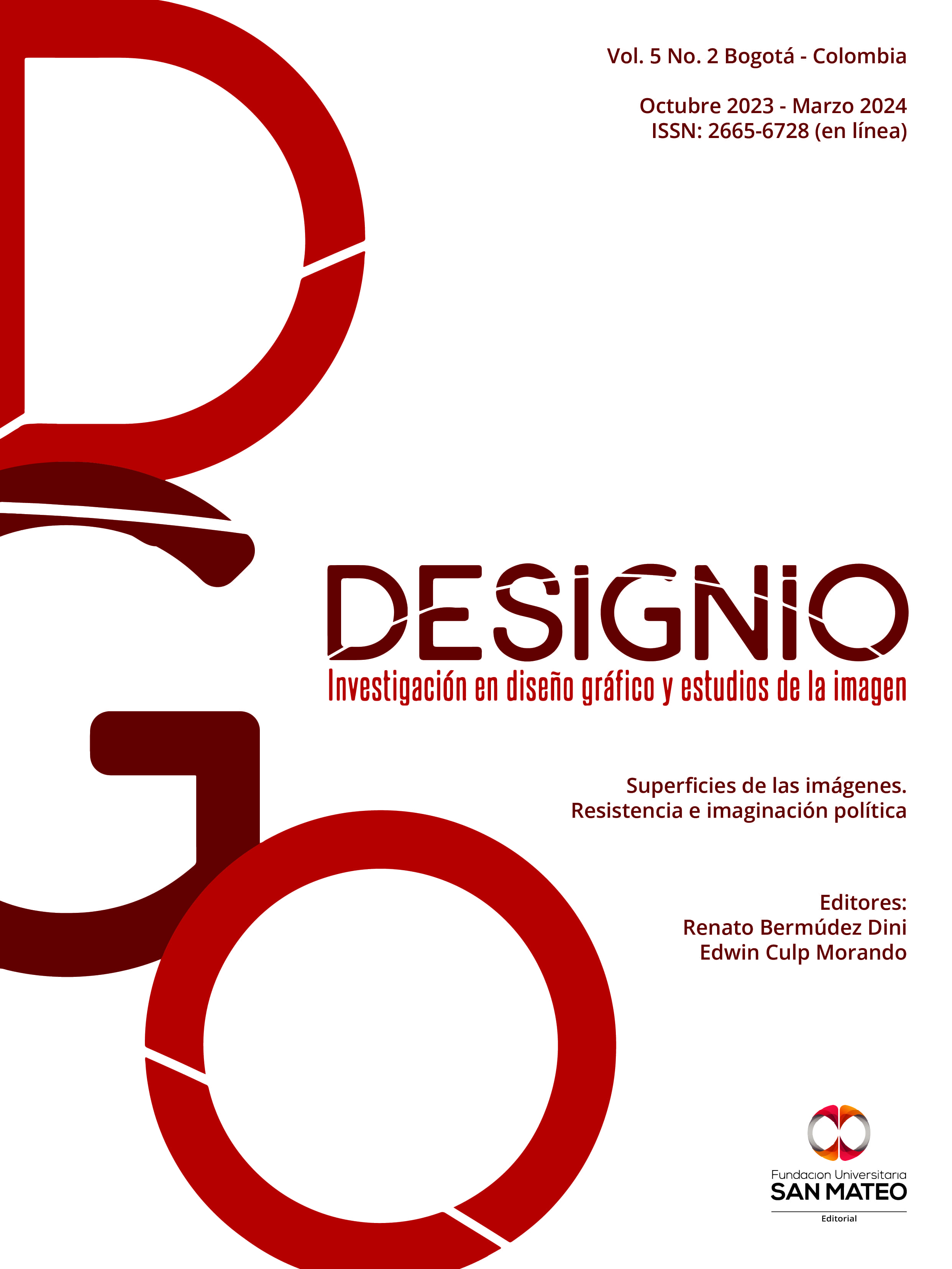Connected and Medicated The Artistic Practice in Psychopharmacology Era
Main Article Content
Abstract
The aim of the following article is to offer some alternatives to face the aftermath of the Covid-19 pandemic in the field of mental health. The purpose of the research is to make a constructive criticism of the consumption of psychotropic drugs that generate dependence among psychiatric patients who are unaware of the origins of their illness. This purpose is relevant since mental health is an issue that has gained relevance worldwide, and it is necessary to know what are the processes that allow the mentally ill to resist and dissent from the artistic practice and the cultivation of a spiritual life. From an interpretative analysis, and from my own experience as a psychiatric patient, I will describe what is the panorama that young people face in a world where work stress produces an exploitative environment that does not consider the suffering of psychiatric patients. Finally, I will explain what the "psychoelectric effect" consists of and I will study how the network of medicated bodies tries to build identity through the World Wide Web in a world where it is still possible to oppose capitalism.
Downloads
Article Details

This work is licensed under a Creative Commons Attribution-NonCommercial-NoDerivatives 4.0 International License.
References
Berardi, B. (2007). Generación Post-Alfa: patologías e imaginarios en el semiocapitalismo. Tinta Limón Editores.
Concheiro, L. (2016). Contra el tiempo: filosofía práctica del instante. Anagrama.
Goldman, H. (2000). Psiquiatría general. Manual Moderno.
Guarnizo, A. & Romero-Heredia, N. (2021). Epidemiological Statistics of Adolescent Suicide During Confinement Due to the Covid-19 Pandemic in Ecuador. Revista Facultad de Medicina Humana URP, 21(4) 819-825. http://www.scielo.org.pe/pdf/rfmh/v21n4/en_2308-0531-rfmh-21-04-819.pdf
Lipovetsky, G. (1990). El imperio de lo efímero. La moda y su destino en las sociedades modernas. Anagrama.
Lipovetsky, G. (2006). Los tiempos hipermodernos. Anagrama.
Massumi, B. (2002). Parables for the Virtual: Movement, Affect, Sensation. Duke University Press.
Marx, K. (2014). Manuscritos de economía y filosofía. Editorial Gredos.
Martínez-Castillo, A. y Rosas Santiago, F. (2021). El estigma hacia los pacientes psiquiátricos: una revisión bibliográfica. Alternativas psicológicas, (47), 8-21. https://alternativas.me/attachments/article/263/El%20estigma%20hacia%20los%20pacientes%20psiqui%C3%A1tricos:%20una%20revisi%C3%B3n%20bibliogr%C3%A1fica.pdf
Marxen, E. (2011). Diálogos entre arte y terapia. Del arte psicótico al desarrollo de la arteterapia y sus aplicaciones. Gedisa Editorial.
Morlet-Barjau, A., Ortiz-Maldonado, E. y Moscoso-López, M. (2008). Manejo del paciente psicótico en el servicio de urgencias de un hospital general. Salud en Tabasco, 14(3), 792-806. https://www.redalyc.org/pdf/487/48711373005.pdf
Palacio, C. (2015). La espiritualidad como medio de desarrollo humano. Cuestiones Teológicas, 42(98), 459-481.
Pérez, V., Speranza, N., Tamosuiunas, G. y Ormaechea, G. (2016). Perfil de riesgo de los antidepresivos inhibidores de la recaptación de serotonina (ISRS). Revista Uruguaya de Medicina Interna, (3), 25-33. http://www.scielo.edu.uy/pdf/rumi/v1n3/v01n03a03.pdf
Ponce López, E., Ponce Saldías, E. y Andresen Hernández, M. (2013). Efectos neurológicos por teléfonos celulares: revisión bibliográfica y modelos matemáticos. Interciencia, 39(12), 843-849. https://www.redalyc.org/pdf/339/33932786003.pdf
Salgado, A. (2014). Revisión de estudios empíricos sobre el impacto de la religión, religiosidad y espiritualidad como factores protectores. Propósitos y representaciones, 2(1), 121-159. https://doi.org/10.20511/pyr2014.v2n1.55
Suárez, A. (2020). La salud mental en tiempos de la covid-19. Revista Española de Salud Pública, 94, 1-4.
Torres de Galvis, Y. (2018). Costos asociados con la salud mental. Revista Ciencias de la Salud, 16(2) 182-187. https://revistas.urosario.edu.co/xml/562/56255527001/56255527001.pdf

